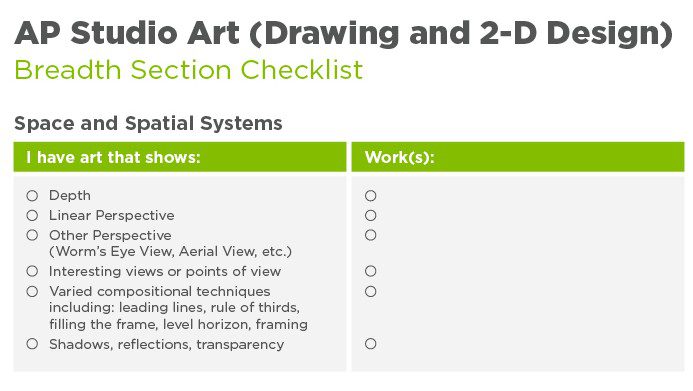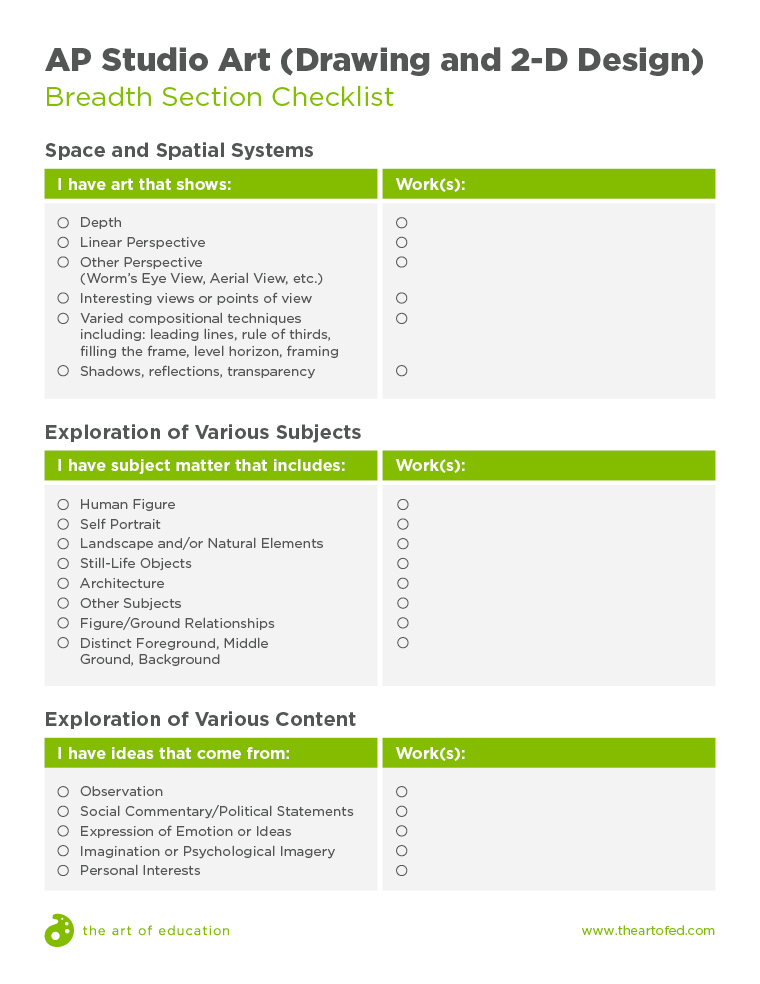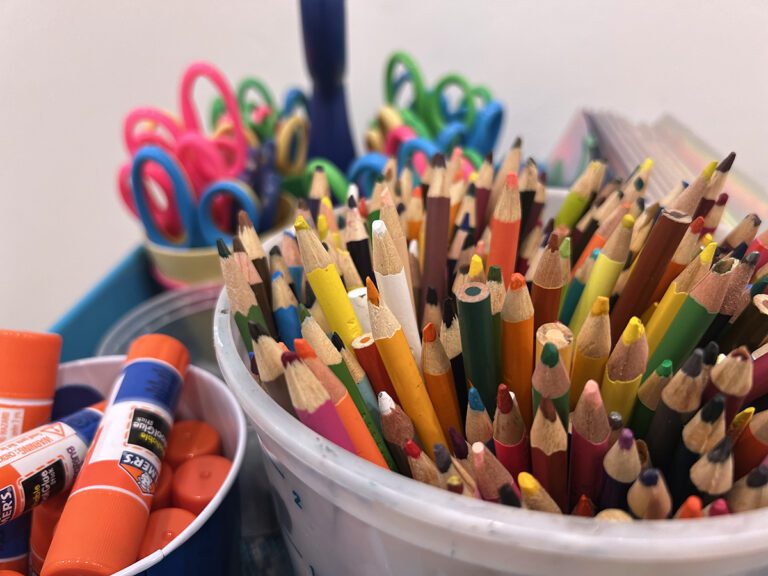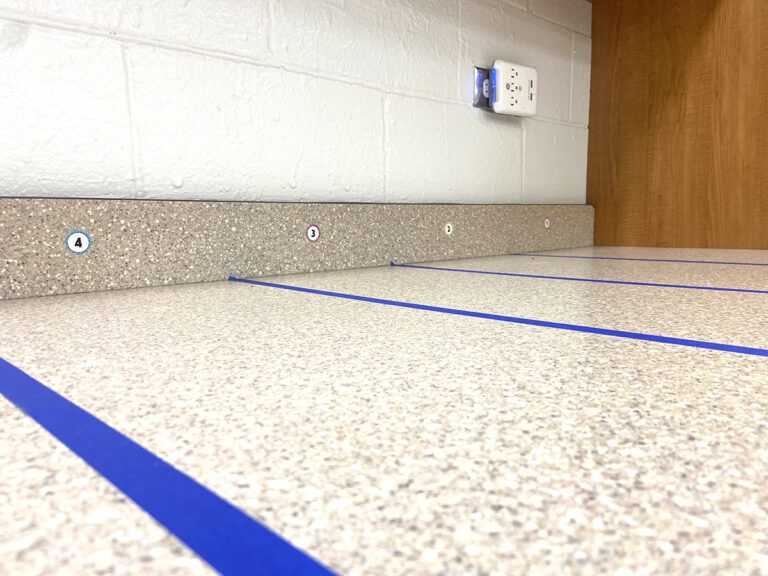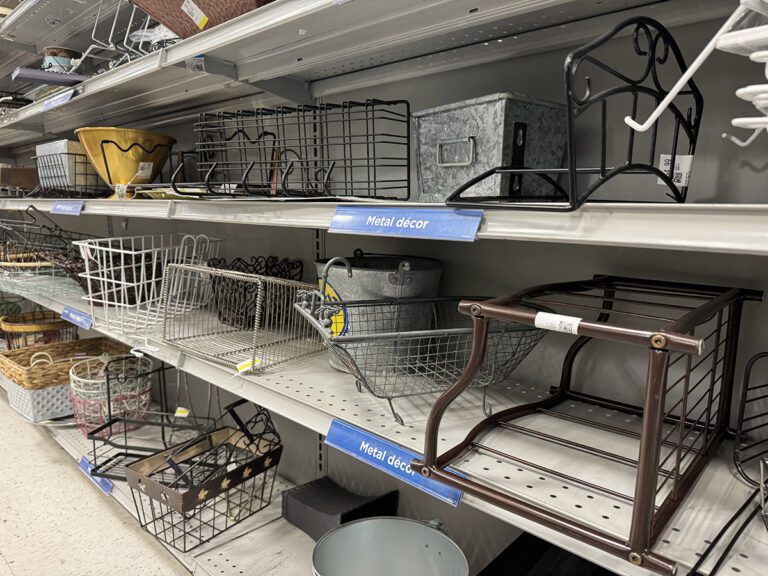The AP Studio Art portfolio is an undertaking. 24 works (12 Breadth, 12 Concentration) for a portfolio is no small task. There are many approaches to help our students work their way through the completion of all 24 pieces. One common approach is to assign the 12 Breadth works during the first semester and the 12 Concentration works in the second semester. I’ve found that this way works best for my students and myself. As we reach the end of the semester, it comes time to assess where we are with the Breadth section.
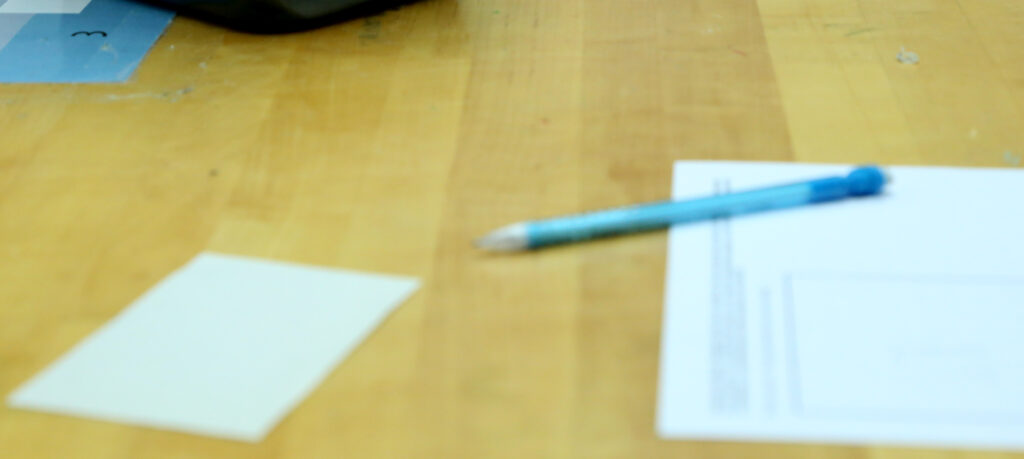
The Breadth section covers a lot of ground and a lot of ideas. AP judges are looking for–as they say–students to exhibit a variety of skills including rendering of form, composition, surface manipulation and mark-making. They are also looking for students to work with a variety of drawing mediums including traditional and non-traditional choices. I could go on, but you get the idea–there is a lot for students to consider when they are putting together their work.
I happened upon a potential solution during a discussion in the AOE Assessment in Art Education class I was teaching at the time. Discussing the use of checklists as formative assessments for elementary students, I realized that my high schoolers could use a similar checklist at semester to assess their Breadth section. I ran the document by two of my favorite AP teachers (a big thank you to Jeanne Bjork and Joy Schultz!), and in collaboration, we were able to create a document that we thought would work.
If you would like to download the entire 4-page sample checklist, click here.
Download Now
The checklist format is simple to explain to students. By including topics and subtopics AP judges use, students can view their work through a similar lens to identify potential weaknesses in their collection. The checklist was a huge success when students analyzed their Breadth section at the end of the semester, and a similar assessment will likely be coming for the Concentration section in May.
How do you design your AP Studio Art class when it comes to Breadth and Concentration?
What do you do to help students select the work best suited for the Breadth section?
Magazine articles and podcasts are opinions of professional education contributors and do not necessarily represent the position of the Art of Education University (AOEU) or its academic offerings. Contributors use terms in the way they are most often talked about in the scope of their educational experiences.
